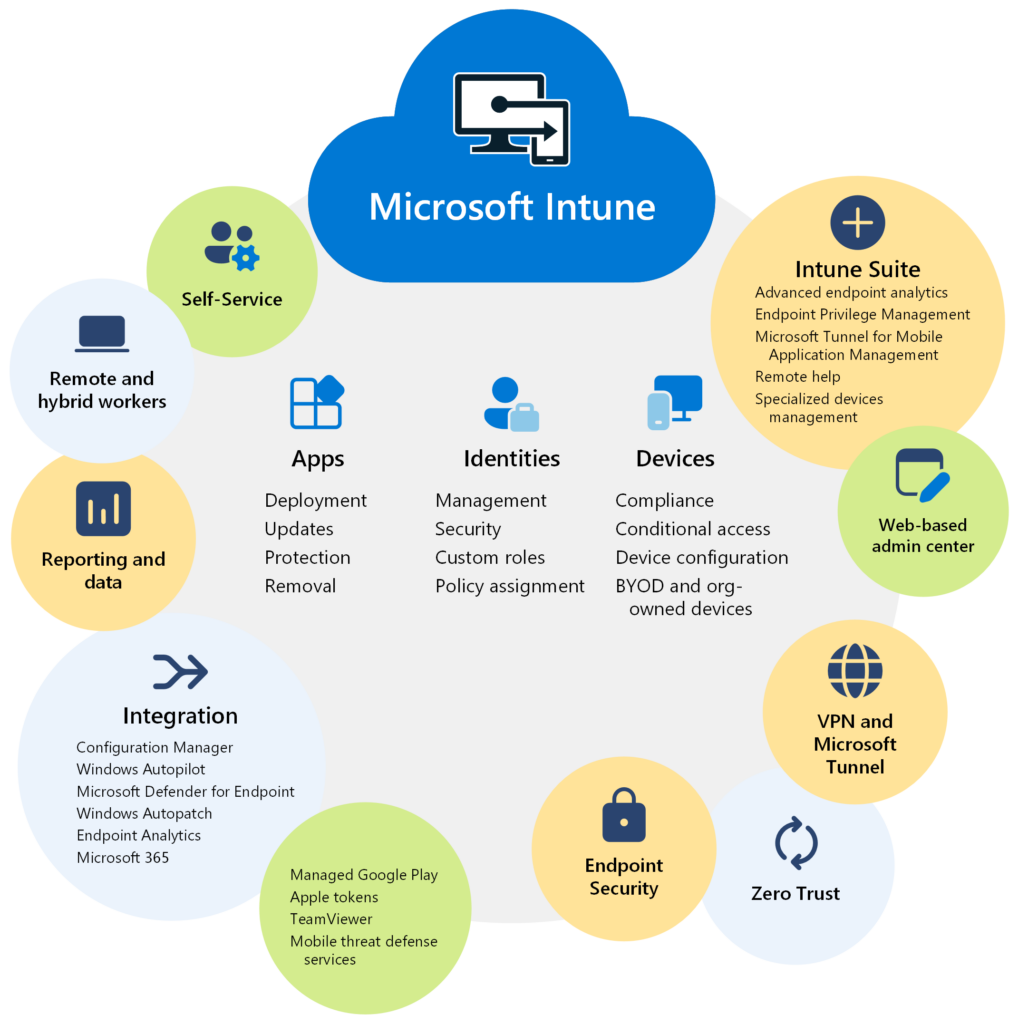August 3, 2017
We work in interesting times. If you were to look back at the business world just ten years ago, everything would seem so primitive. Computers were slower, smartphones were just hitting the market, and social media was still in its infancy. Technology was certainly a component of business strategy, but today, it is a key determining factor of success.
At the enterprise level of business, the demand for new technical solutions is undeniable. If you don’t have the latest innovation or solution, undoubtedly one of your competitors does, and the business will suffer for it. At a smaller scale, small to medium sized businesses must still be strategic about what technology they buy, when they buy it, and how it aligns with the goals of the business. In each case, there is one universal truth. Businesses today need a technology strategy. They need to have a plan for how their IT environment can expand or direct their resources to best benefit the organization as a whole. For that, you need to know how to build a technology roadmap.
In this two part blog series, we’re going to take a close look at how to build a technology roadmap to articulate the importance of the exercise and equip you with the tools and knowledge you need to begin your own roadmapping process.
We’ll start with “the what” and quickly move on to the “why.”
What is a Technology Roadmap?
A technology roadmap in its simplest form is a plan. It is a straightforward plan for the future of the IT department. Generally, it is constructed on a timeline with milestones, projects, and tasks along the way that will result in an IT department and environment better equipped to handle the evolving needs of a business.
Oftentimes, these roadmaps are structured as 6, 12, 18, or 36 month intervals, but 18 months seems to be a good length for most business needs. Yet, this segues into an important point. There is no set length for a roadmap, just like there is no set goal of a technology roadmap. These factors will be determined by the business needs. In all instances, the goals of the roadmap should be steered towards addressing the specific challenges of the business. Every roadmap can, should, and will look different.
A Continuing Dialogue
This may sound like a description on how to write a technology roadmap, but it is fundamentally tied to not only the roadmap’s success but what the roadmap is. Behind the scenes of every good technology roadmap is a continuing dialogue between the business leaders and the technology leaders of the organization.
The business leaders know where the business is headed. They know what challenges they are going to face, and they know what advantages the competition has over them. In short, they know what they want. They just lack the technical awareness to know how this is achieved. The opposite is true for most IT departments. IT understands what challenges the environment faces but not necessarily the business. It is IT’s role to translate the business needs into workable solutions that give the business the greatest chance for success.
By establishing these lines of communication, you can align the agendas of these two business units. The business needs to provide their workforce with the knowledge and tools to make sure their employees can do their jobs. Aligning business and IT through a roadmap ensures that time is used effectively, and the achievements of one area of the company set the stage for future success elsewhere in the company.
Where You Are and Where You’re Going
Every roadmap includes a thorough analysis of where the IT environment currently is along with a projection of where the company would like their IT environment to be at the end of roadmap. The more thorough these analyses are, the more organized the roadmap will inevitably become.
The current state analysis should cover the following:
- Performance and age of IT assets
- The business expectations of IT
- System dependencies
- Application dependencies
- Current IT costs and return on those expenses
- Operational procedures
The goal of this exercise is to draw stark contrast between where you are and where you hope to be. From there, the business needs to identify where the environment is lacking and chart steps on how to move from point A to point B.
Why Do You Need a Technology Roadmap?
The reasons for developing an 18 month roadmap are not self-evident. Certainly technology is important, but why must the business meticulously plan out their strategy for over a year into the future, especially if the environment is working just fine as it is? The truth is that there are many reasons to draft your roadmap, and some of these reasons will be more or less relevant to different businesses depending on their industry.
- Staying Competitive: There are industries that are so intertwined with their technology that lagging behind could cost the business their position in the market. The story of Uber is an excellent example of this dynamic. Uber disrupted an enormous taxi industry in a remarkably short period, because they offered an experience to their customer that was considered without doubt superior to their competitors. The experience was driven almost exclusively by their mobile app which other taxi companies simply didn’t have.
- Predictability of IT Expense: IT expenses can be notoriously difficult to predict. Should a piece of data center hardware fail, it could cost thousands of dollars of capital to replace. A roadmap provides at least some semblance of IT expenditures for the duration of the roadmap. Yes, equipment can still fail, and the IT budget may still need cushion for such an event. Yet, the business will still be able to confidently point to other costs along the way and plan accordingly.
- Answers the Cloud Question: The cloud is not something any company should rush into. It takes a lot of time to migrate, and if not done correctly, your migrated applications may not even work. To save time and money, a detailed roadmap would be best. With the end goal being, “an ideal cloud deployment for our business needs,” you can chart the myriad of different steps that need to be taken by the business to achieve that elusive goal.
- Ensuring the Business Meets Regulatory and Compliance Needs: A roadmap provides the opportunity to prepare for any compliancy or regulatory changes that must be made in the organization.
- Attract Better IT Talent: If you know what you want and you know what you need to do to achieve it, you’ll understand what additional personnel will be required to complete the roadmap. This gives you a clear advantage in the job market. You can attempt to find an IT professional with the skills most suited for your current needs. Furthermore, a clear vision for what you expect of a new hire will make your business more attractive.
- Using Employee Time Wisely: It is easy in IT to get lost in the weeds of day to day management of an IT environment. Administrators can lose hours in a day to putting out fires and addressing immediate concerns. The roadmap puts the long-term goals of the department front and center in the minds of the team. With specific milestones and deadlines, the team can budget their time appropriately to ensure their goals are met.
- Improve the Relationship between IT and the Business: It can be seen in the business as a barrier, when it should be the enabler of success. Instead of IT telling other business units no when they request a new application or technology, the roadmap will ensure the IT department addresses the needs of the business in the most stable, secure, and cost effective method possible. This will lead to more communication between departments and hopefully an understanding of the capabilities and limitations of the IT department. Other business units no longer need to make these requests out of the blue. They can be addressed during roadmap planning sessions and understand that their needs will be met on a transparent timeline.
Moving Forward with the Roadmap
With an understanding of what a roadmap is and why a business should devote time to developing one, the next phase of this guide will describe how to best draft your roadmap. We’ll cover best practices, pit falls, and proven strategies to ensure that this process goes as smoothly as possible. The final result will be a realistic, strategic, roadmap that actually yields the change in your IT department that the business needs. Check back next week on the blog for the next installment in “Roadmapping the Technology Future of Your Business” and check out our eBook for more information.
Like what you read?
About Mindsight
Mindsight, a Chicago IT consultancy and services provider, is an extension of your team. Our culture is built on transparency and trust, and our team is made up of extraordinary people – the kinds of people you would hire. We’ve always prided ourselves in delivering the full spectrum of IT services and solutions, from design and implementation to support and management. Our highly-certified engineers and process-oriented excellence have certainly been key to our success. But what really sets us apart is our straightforward and honest approach to every conversation, whether it is for a local business or global enterprise. Our customers rely on our thought leadership, responsiveness, and dedication to solving their toughest technology challenges.
For Further Reading




